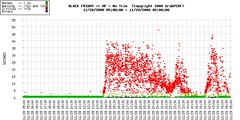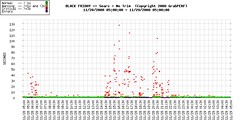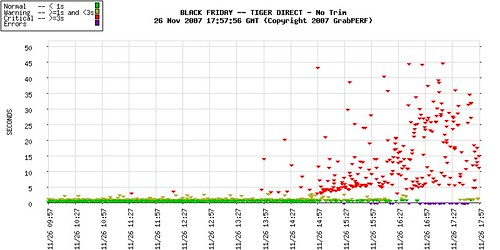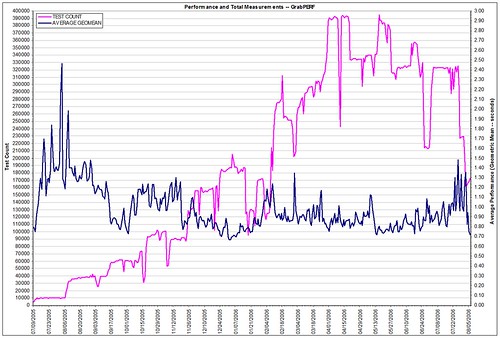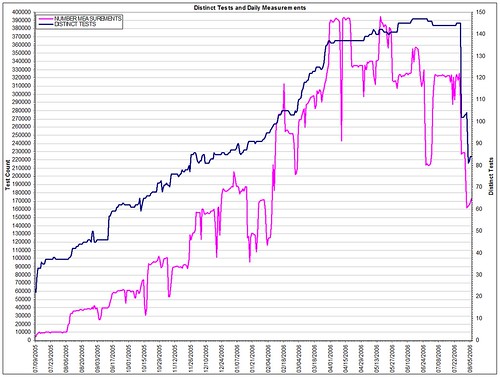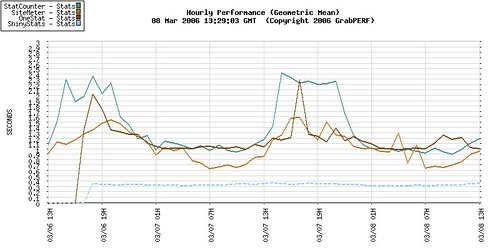 The title is a question I ask because I hear so many different views and perspectives about HTTP compression from the people I work with, colleagues and customers alike.
The title is a question I ask because I hear so many different views and perspectives about HTTP compression from the people I work with, colleagues and customers alike.
There appears to be no absolute statement about the compression capabilities of all current (or in-use) browsers anywhere on the Web.
My standard line is: If your customers are using modern browsers, compress all text content — HTML (dynamic and static), CSS, XML, and Javascript. If you find that a subset of your customers have challenges with compression (I suggest using a cross-browser testing tool to determine this before your customers do), write very explicit regular expressions into your Web server or compression device configuration to filter the user-agent string in a targeted, not a global, way.
For example, last week I was on a call with a customer and they disabled compression for all versions of Internet Explorer 6, as the Windows XP pre-SP2 version (which they say you could not easily identify) did not handle it well. My immediate response (in my head, not out loud) was that if you had customers using Window XP pre-SP2, those machines were likely pwned by the Russian Mob. I find it very odd that an organization would disable HTTP compression for all Internet Explorer 6 visitors for the benefit of a very small number of ancient Windows XP installations.
Feedback from readers, experts, and browser manufacturers that would allow me to compile a list of compatible browsers, and any known issues or restrictions with browsers, would go a long way to resolving this ongoing debate.
UPDATE: Aaron Peters pointed me in the direction of BrowserScope which has an extensive (exhaustive?) list of browsers and their capabilities. If you are seeking the final word, this is a good place to start, as it tests real browsers being used by real people in the real world.
UPDATE – 09/24/2012: I found a site today that was still configured incorrectly. Please, please, check your HTTP Compression settings for ALL browsers your customers use. Including you MOBILE clients.


